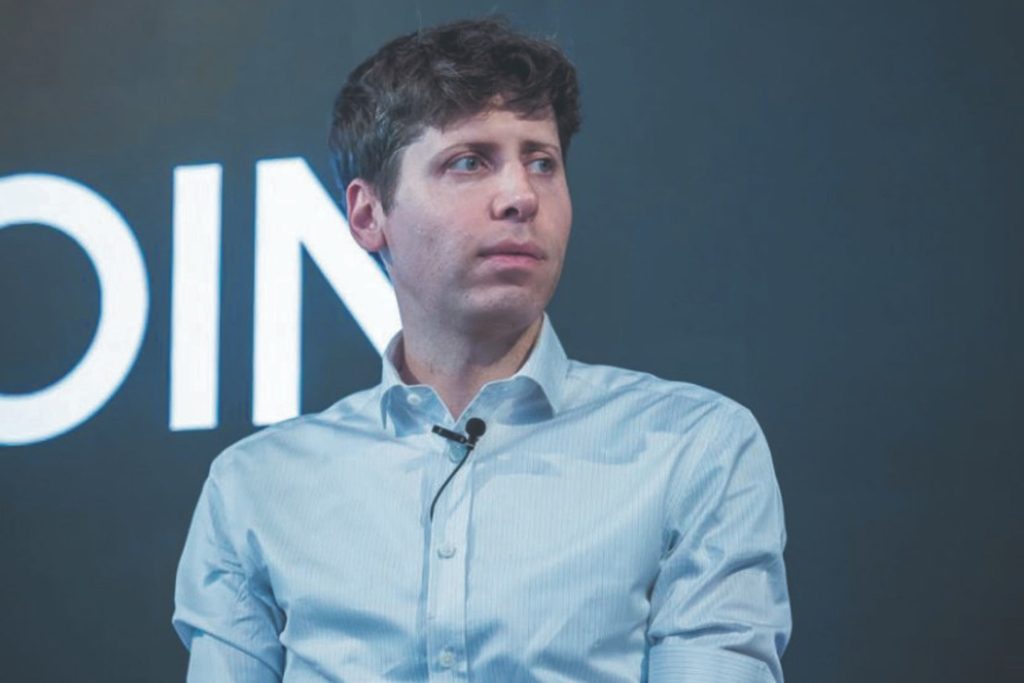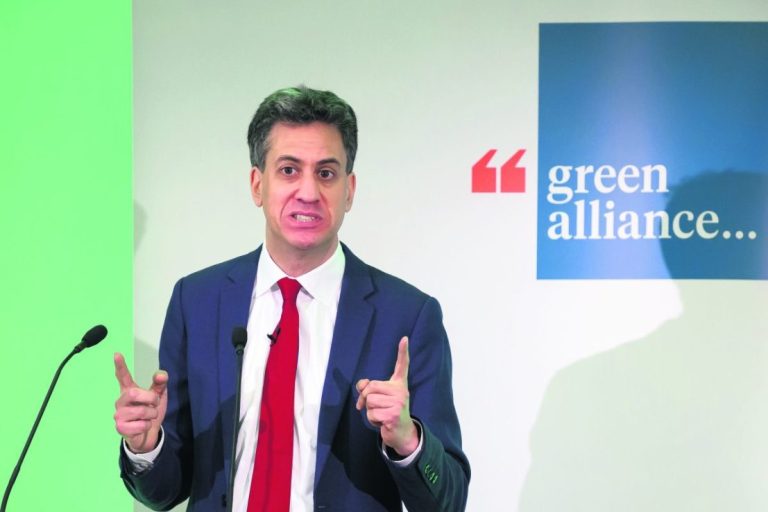
In a rapidly evolving landscape of artificial intelligence development, OpenAI, once lauded for its rigorous safety measures, has recently come under scrutiny as it accelerates its testing process for its most advanced AI models. Recent reports have highlighted a shift in OpenAI’s strategy, focusing more on speed than safety, raising concerns among experts and stakeholders in the AI community.
A Shift in Testing Timeline
Historically, OpenAI has been respected for its methodical approach to AI safety. In the development stages of GPT-4, for instance, the AI model underwent six months of rigorous safety evaluations before its release in 2023. This extensive period allowed for comprehensive testing, ensuring that potential risks were identified and mitigated effectively. However, the scenario has significantly changed with the company’s latest models. According to a report by the Financial Times, the time allocated for safety evaluations has been drastically reduced to mere days or even less than a week, a stark deviation from the previous timeline.
This expedited timeline is part of OpenAI’s efforts to maintain a competitive edge over tech giants like Google, Meta, and xAI, Elon Musk’s AI venture. The rush to innovate and outpace competitors has prompted a reduction in the time spent on critical safety assurances, a move that has sparked debate within the industry.
Concerns Over AI Safety and Transparency
The reduction in safety testing time has led to criticisms from both internal and external stakeholders. Current safety testers have expressed their apprehension, describing the move as « reckless » given the high stakes involved in AI development. Daniel Kokotajlo, a former researcher at OpenAI, highlighted concerns about transparency, pointing out that there’s no legal obligation for companies like OpenAI to disclose the full capabilities and risks of their AI models to the public.
This lack of transparency and comprehensive regulation contrasts starkly with the situation in Europe. The European Union’s AI Act mandates extensive risk assessments and continual monitoring for advanced AI systems, creating a framework for accountability and safety. In contrast, the UK and US largely rely on voluntary commitments from companies for safety testing, with a significant dependency on self-regulation. This disparity in regulatory environments has fueled debates about the adequacy of current oversight mechanisms.
The Call for Stricter Oversight
Amid these developments, there’s a growing call for more stringent regulations and oversight in AI deployment, particularly in function-critical sectors like biotechnology, where unchecked AI advancements could potentially lead to severe consequences. Critics argue that the pressure to innovate should not come at the expense of safety and ethical governance. They urge stakeholders, including policymakers and industry leaders, to prioritize robust regulatory frameworks that ensure AI technologies are developed and implemented safely.
OpenAI, meanwhile, maintains its commitment to safety, citing the use of automated tools and near-final model evaluations as part of its assurance strategy. However, former employees and AI ethics advocates question the sufficiency of these measures and warn of the consequences of marginalizing comprehensive safety protocols in favor of speed.
As the AI arms race continues to intensify globally, the discussions around OpenAI’s recent practices serve as a reminder of the balance needed between innovation and responsibility. For AI to truly benefit society, its development must be guided by principles that prioritize human safety and ethical integrity, ensuring that progress is achieved without compromising the trust and welfare of the public.



